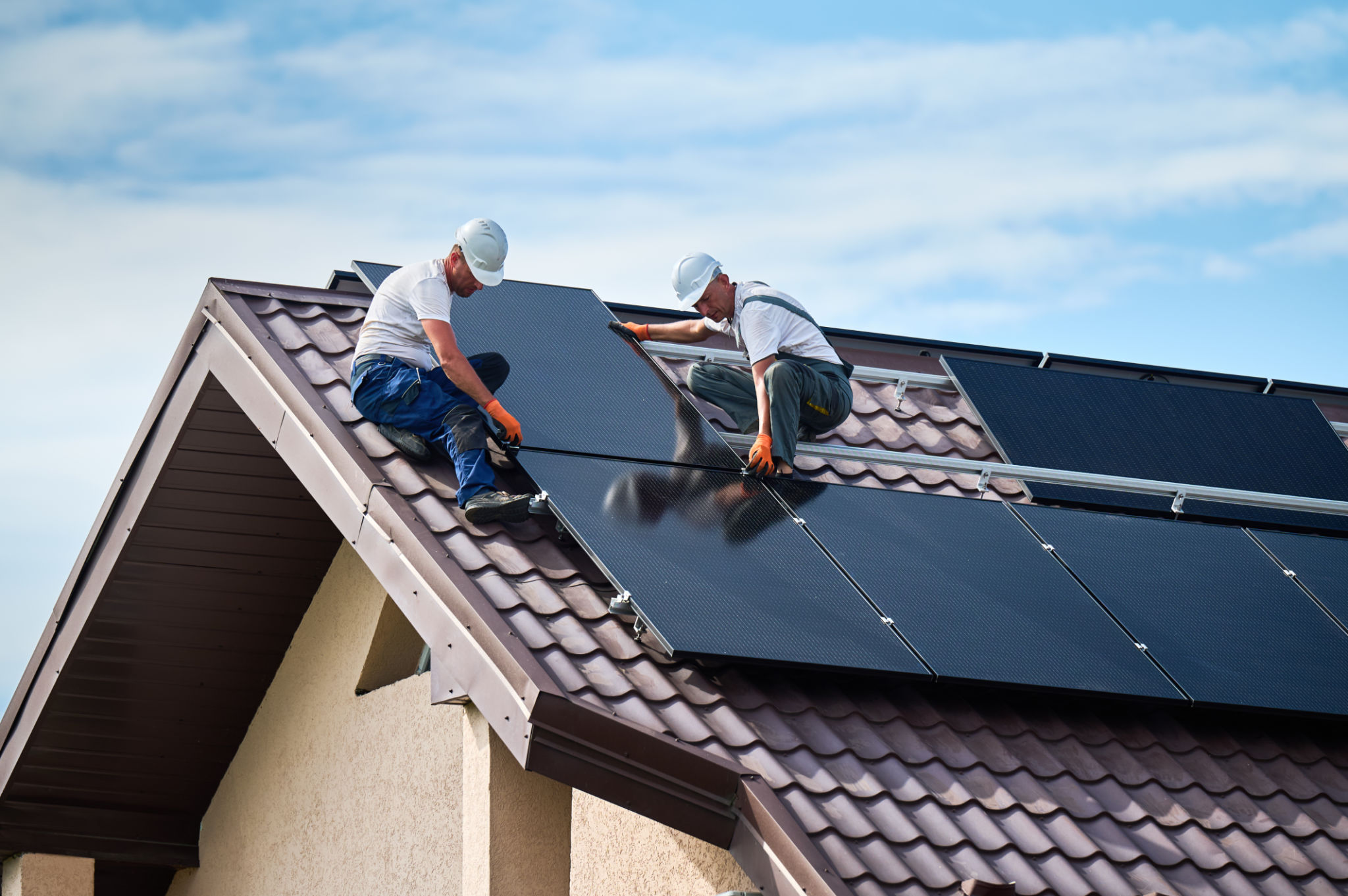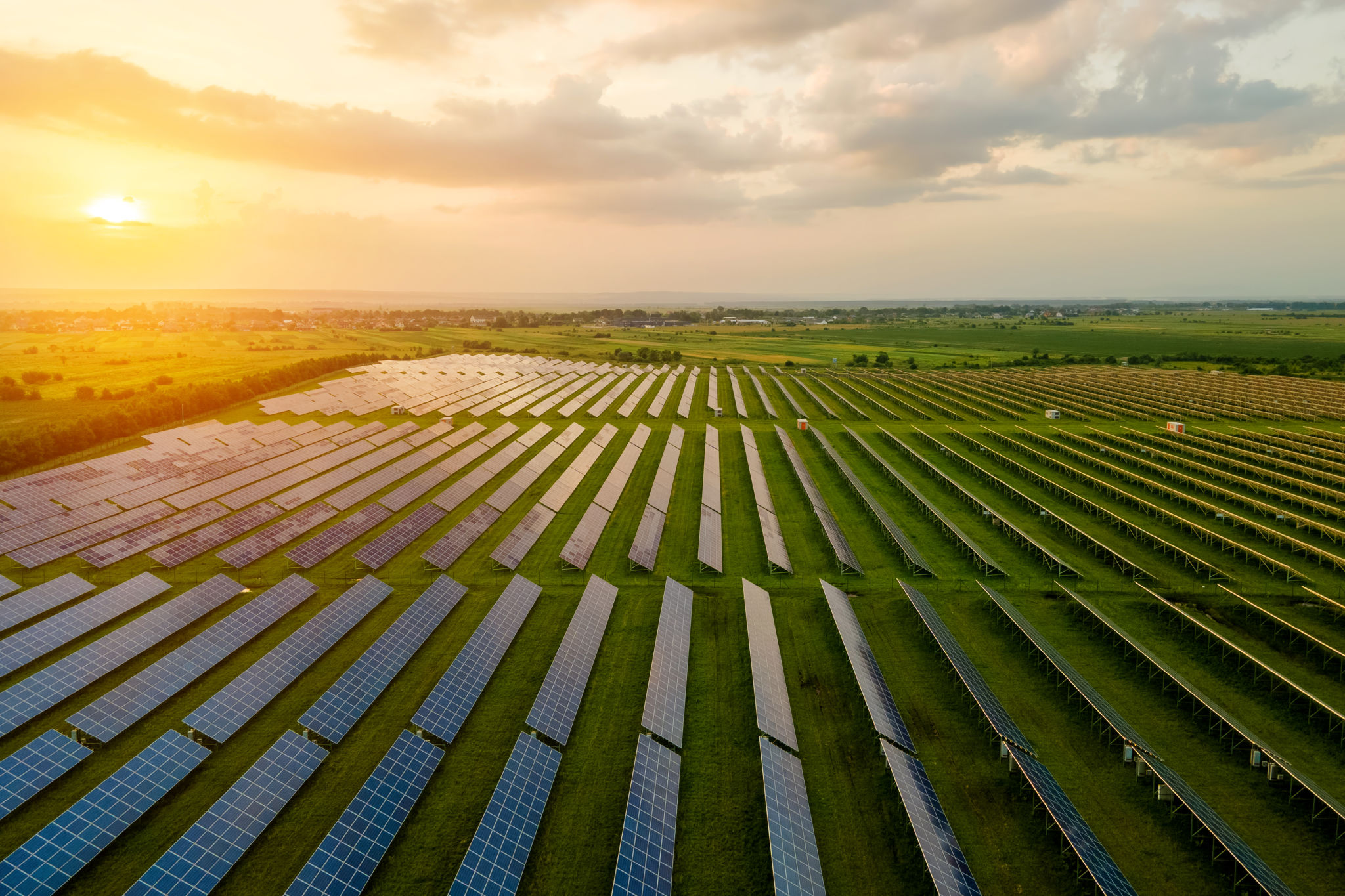Case Study: Successful Solar Project Management from Start to Finish
Introduction to Solar Project Management
In recent years, the solar energy sector has experienced exponential growth, driven by increasing environmental awareness and technological advancements. Successfully managing a solar project from start to finish requires careful planning, coordination, and execution. This case study explores the essential steps and strategies involved in effective solar project management.

Initial Planning and Feasibility Study
The first step in any successful solar project is conducting a thorough feasibility study. This involves assessing the site's solar potential, evaluating financial viability, and understanding regulatory requirements. Identifying potential risks and developing mitigation strategies are also crucial during this phase.
Key elements of a feasibility study include:
- Site assessment and solar resource analysis
- Economic analysis and financing options
- Regulatory and permitting considerations
Design and Engineering
Once the feasibility study is complete, the next phase involves detailed design and engineering. This includes selecting appropriate technology, designing the system layout, and ensuring compliance with industry standards. Collaboration between architects, engineers, and other stakeholders is essential to create a well-integrated system.

Procurement and Contract Management
Effective procurement and contract management are vital to the success of a solar project. This phase involves sourcing quality materials, negotiating contracts with suppliers, and ensuring timely delivery. Establishing strong relationships with vendors can lead to better pricing and reliable service.
Supplier Selection
Selecting the right suppliers is critical. Considerations should include:
- Reputation and experience in the solar industry
- Quality assurance and certifications
- Cost-effectiveness and delivery timelines

Construction and Installation
The construction phase requires meticulous planning and coordination to ensure safety and efficiency. Project managers must oversee the installation process, monitor progress, and address any issues that arise. Adhering to best practices in construction management helps maintain quality and minimize delays.
Commissioning and Testing
After installation, the system undergoes commissioning and testing to ensure it operates correctly. This phase includes verifying system performance, conducting safety checks, and obtaining necessary certifications. Successful commissioning is crucial for achieving optimal energy output.

Operations and Maintenance
Once operational, ongoing maintenance is essential to maximize the lifespan and efficiency of the solar system. Regular inspections, cleaning, and performance monitoring help identify potential issues early. Implementing a robust maintenance plan ensures long-term success.
Monitoring Systems
Advanced monitoring systems can provide real-time data on energy production, allowing for proactive management. Key benefits include:
- Enhanced system performance
- Prompt issue detection
- Data-driven decision-making
Conclusion
The successful management of a solar project involves a comprehensive approach from planning through to operations. By focusing on each phase's unique challenges and opportunities, project managers can deliver sustainable energy solutions that benefit both the environment and the economy.